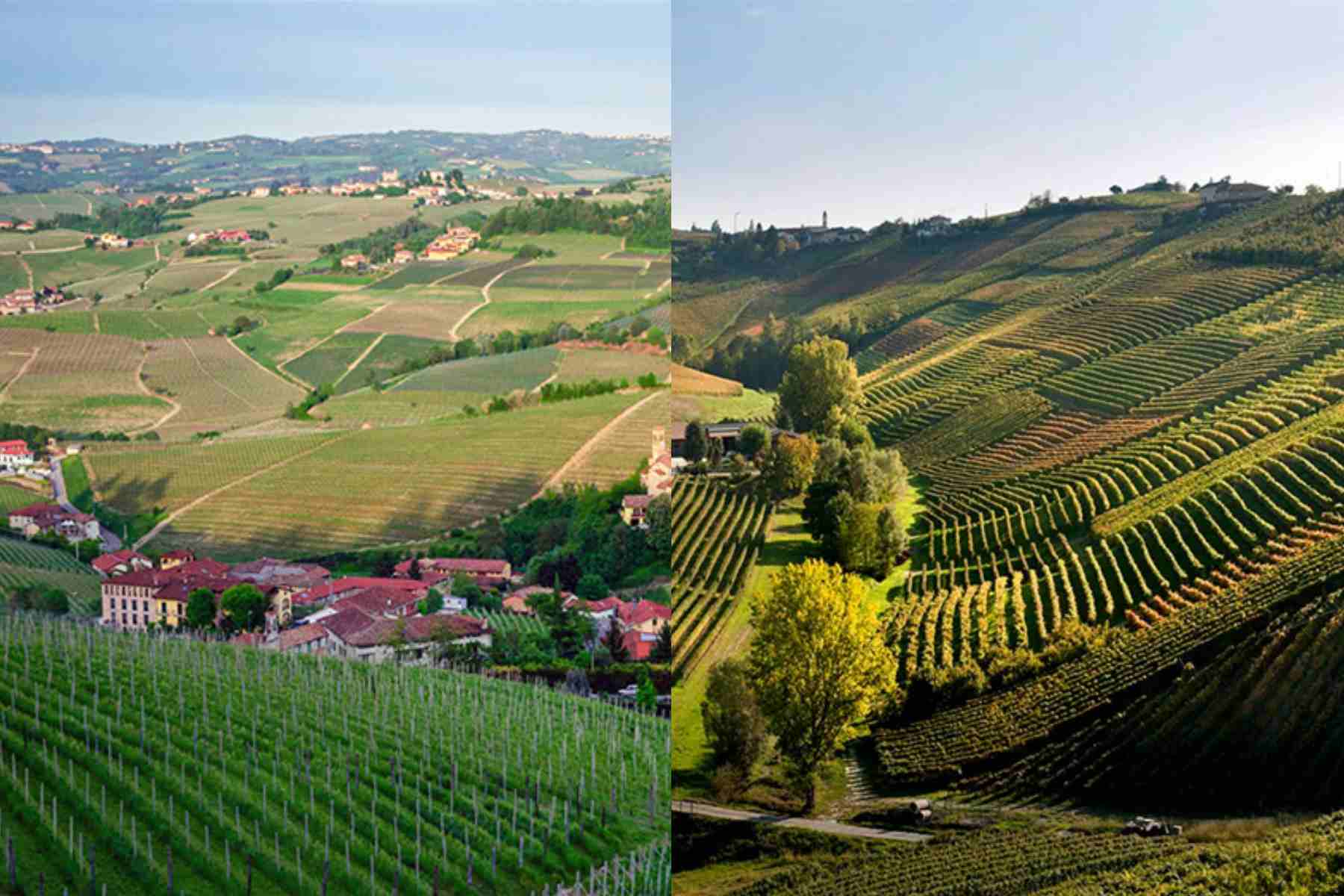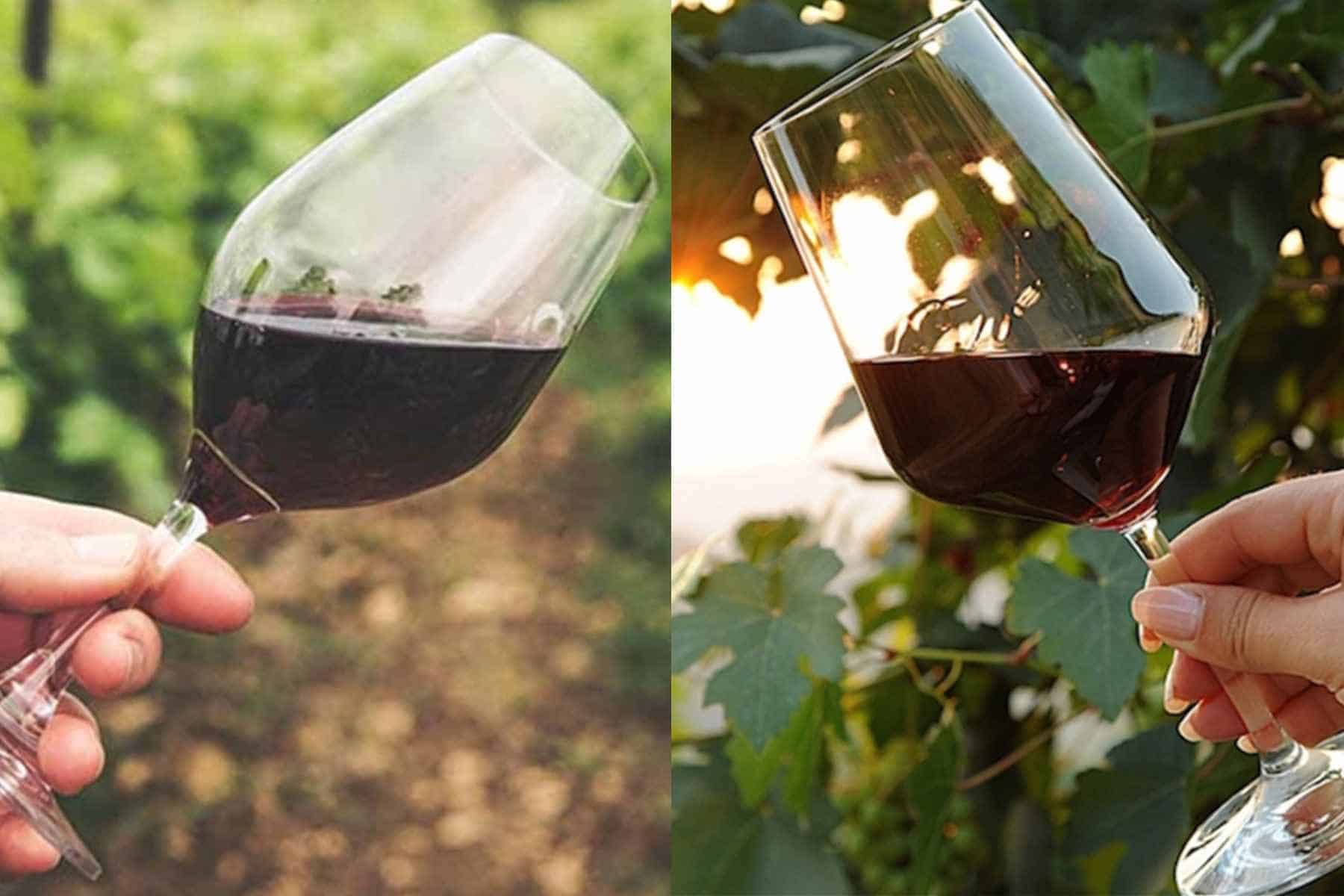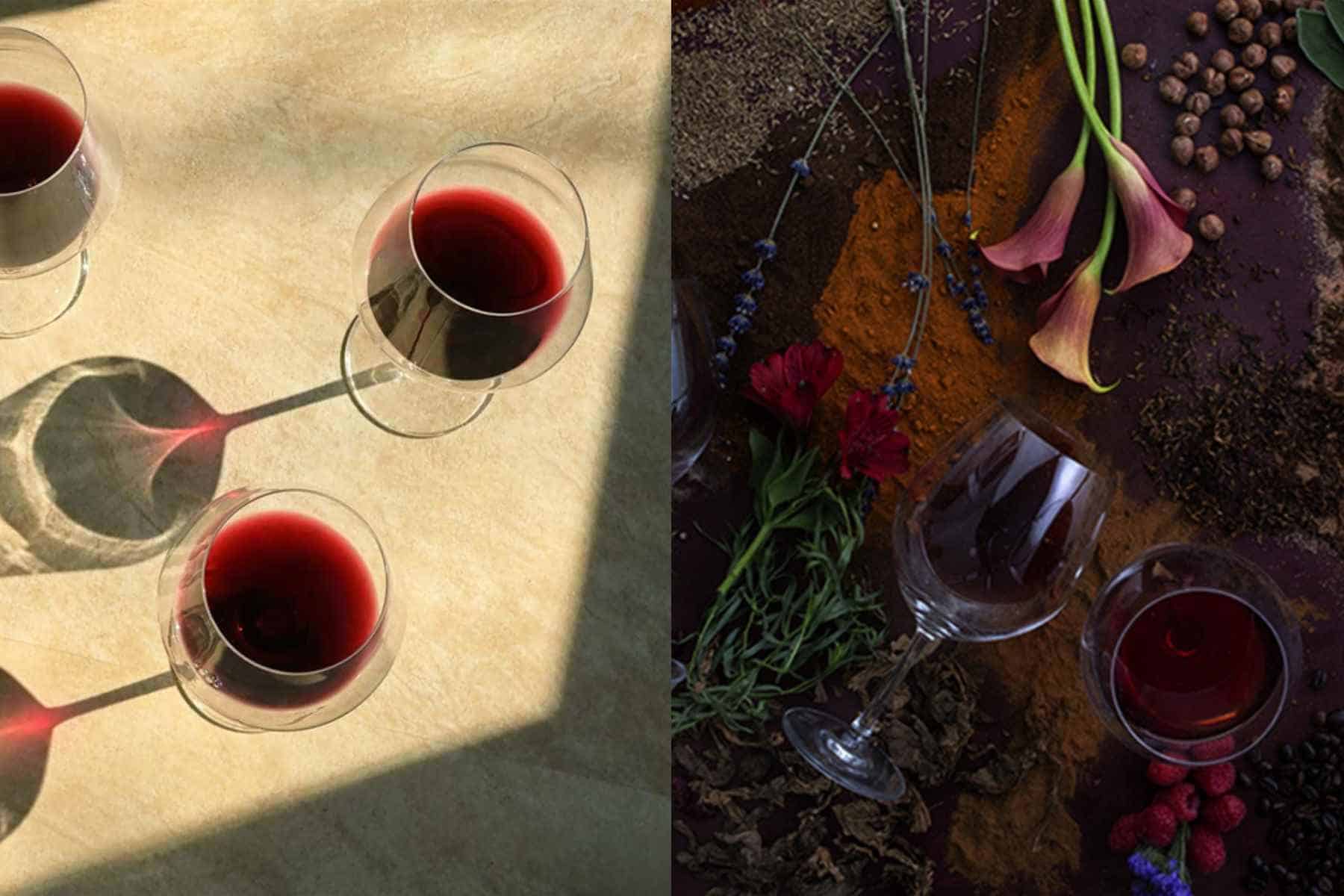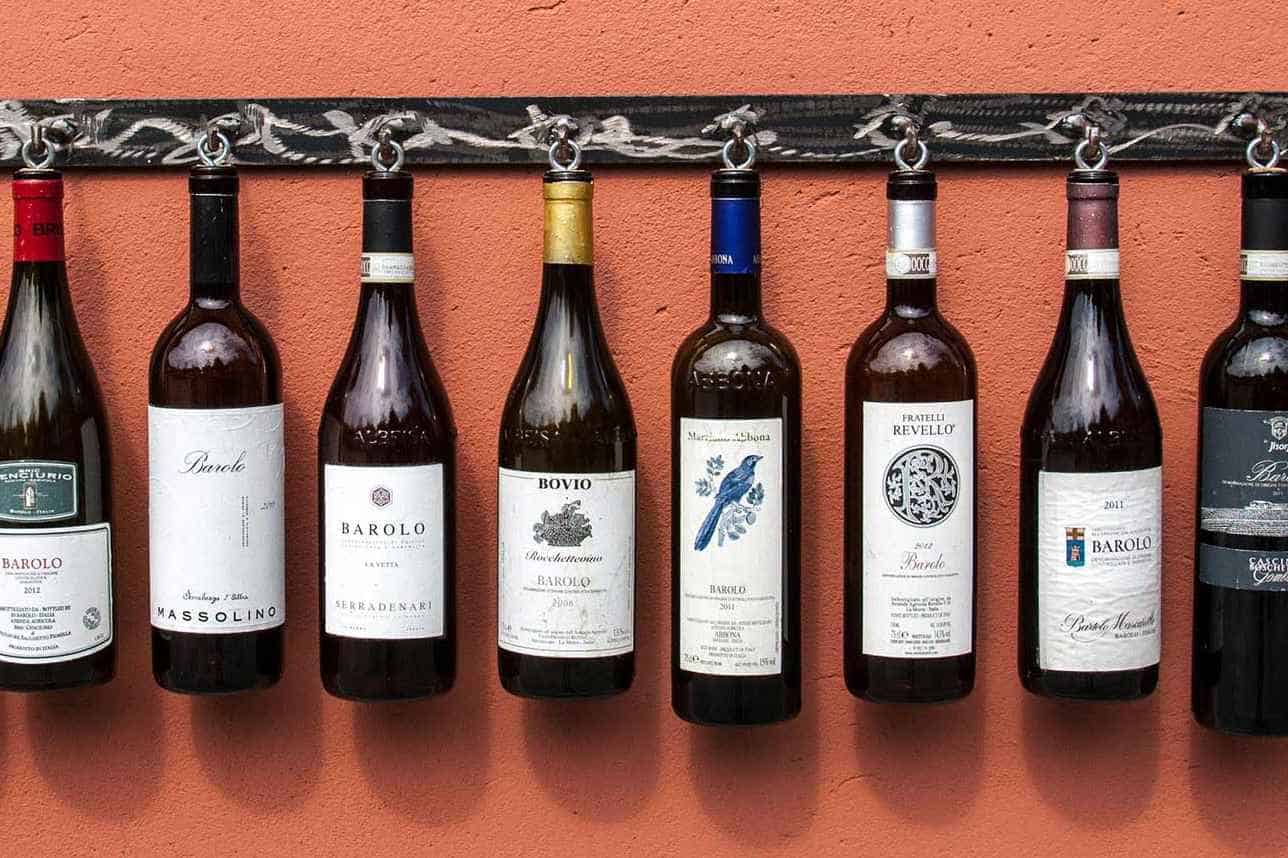The Nebbiolo grape produces two iconic Italian wines, Barolo and Barbaresco. These dry reds have some similar qualities, but they also share some differences.
This article will help you decide who wins in the Barolo vs. Barbaresco “battle”. Do both wines deserve a space in your cellar? Read on and find out.
Differences in Origin
A wine’s history and typography affect its outcome. Both Barolo and Barbaresco may have come from the Nebbiolo grape. Yet, they have different origin stories.
History
Winemakers discovered Barolo wines 50 years earlier than Barbaresco. In the 1850s, winemakers harvested Nebbiolo grapes late in the year. This technique stops fermentation and boosts residual sugar levels. It softened the tannins, creating a sweet and fruit-forward wine.
Italian winemakers during the midcentury created a drier and bolder wine. The result is a high-acidity and high-tannin wine. This innovation turned Barolo into the “king of wines”.
In 1894 winemakers introduced Barbaresco to the world. Yet, it struggled on its way to prominence. The 20th-century World Wars affected the Piedmont wine industry. Barbaresco production became dormant.
In the 1950s, innovative Italian wine producers revived the wine scene. They improved Barbaresco’s supply and quality. It resulted in excellent domestic and international standing.
Soil
Barolo and Barbaresco come from Italy’s Piedmont region. But Barolo’s grapes grow in infertile and dry soil. They produced a full-bodied wine. It also resulted in bold flavors and firm tannins.
Barbaresco’s Nebbiolo grapes thrive in fertile soils. This nutrient-rich soil influences Barbaresco’s bright features.
Topography
You can find the Barolo wine in Cuneo. It’s a province in Langhe’s Southwest area. This hilly part of Piedmont stands at a higher elevation than Barbaresco. It rises around 50 meters from where Barbaresco lies.
Barbaresco is near the Ligurian sea and the Tanaro river. It lies at a lower altitude than Barolo. The water’s influence on the vineyards results in quick-ripening grapes. It also leads to early fermentation and a shorter winemaking process.
This video takes a deep dive into the differences between Barolo and Barbaresco.
Differences in Production
The Barolo and Barbaresco wines come from pure Nebbiolo grapes. Yet, they differ in the production and aging processes.
Communes
The Barolo communes produce wines with pale garnet hues. It features bold flavors, higher alcohol content, and rigid tannins.
The following are the most famous communes in the Barolo DOCG.
- Barolo
- Serralunga d’Alba
- Monforte d’Alba
- La Morra
- Castiliogne Falleto
The nearby Barbaresco commune produces wines with lesser tannins. It is due to the soils with limestone content. Listed below are the Barbaresco communes.
- Barbaresco
- Neive
- Treiso
- San Rocco Seno d’Elvio
Here’s a look at the different Barolo and Barbaresco communes.
Production Methods
This wine’s fermentation process happens in large oak casks. It takes two months to soften the powerful tannins.
Barbaresco requires aging the wine in oak barrels for 12 months. Some producers age them for up to 24 months. The Barbaresco Riserva spends 48 months in the aging barrel.
Production Capacity
Barolo producers manufacture over 14 million of their signature wines. They sell these wines in Italy and abroad. It’s a significant output considering it comes from 11 small areas.
Barbaresco winemakers produce a lesser output. They make only 4.5 million bottles per year. So, it can be challenging to buy it outside Italy.
Aging
Barolo wines need three years of aging. This period brings out its intense flavors, tannins, and texture. Additionally, the Barolo Riserva requires five years. It spends three years in oak. This wine may need longer aging time, but it keeps longer.
Barbaresco wines have to age for only two years. This process enhances its rich flavor and smoothens the tannins. Barbaresco Riserva needs four years of age to gain the label. Generally, this Italian wine requires a shorter aging period. It also keeps for a shorter time in the cellar.
Collectibility
Seasoned wine collectors favor Barolo because it gets better with age. It can mature for extended periods. It allows wine enthusiasts to enjoy its savory aromas and fruity bouquets.
Barbaresco wines have a reputation for being “drunk young”. The Nebbiolo grapes used to produce it ripen earlier. The flavor profile expresses faster than that of Barolo wine. Enjoying it earlier allows consumers to enjoy its full flavor potential. It diminishes its ability to age over many years.
Differences in Taste
These two Italian wines both come from the same grape. Yet, some factors cause a slight difference in their tannins.
Flavor Profile
Barolo and Barbaresco have very similar flavor profiles. But, the Barbaresco wine is less tannic than Barolo. Barolo’s tannins will hit you quite hard mid-palate. Barbaresco’s flavors are brighter, while Barolo’s is fuller.
Alcohol Levels
Barolo has a higher alcohol content than Barbaresco. It usually has 12% to 15% ABV, while Barbaresco has 12.5% to 14.5% alcohol.
Food Pairings
Barolo is famous for its intense tannins, high acidity, and robust flavors. It pairs well with strong-flavored dishes that match its intensity. Fatty and tomato-based meals are excellent with Barolo. Additionally, cheese and meat are also perfect with this Italian wine.
Barbaresco has lighter tannins and a more mellow flavor profile than Barolo. It pairs well with buttery, fatty dishes.
Here is a guide on Barolo and Barbaresco food pairings.
| Food Group | Barolo | Barbaresco |
| Appetizers | Tomato Bruschetta
Roasted vegetables Herby mushrooms Charcuterie board |
Fondue
Stuffed Peppers |
| Entrees | Truffle Risotto
Beef stew Beef and mushroom pie Liver and kidney dishes Gnocchi with Gorgonzola Veal Ossobucco Roasted duck Rib-eye steak Eggplant Parmesan |
Steak
Herb-crusted lamb Bleu cheese burger Game dishes Spaghetti Bolognese Four-cheese pizza Duck breast |
| Dessert | Dark chocolate cake
Dark chocolate mousse |
Fruit panna cotta
Dark chocolate tart |
| Cheese | Gorgonzola
Castelmagno Provolone |
Parmesan
Aged Pecorino Cheddar Gouda |
Summary of Differences Between Barolo and Barbaresco
Here is an overview of the differences between these two Italian wines.
| Barolo | Barbaresco | |
| Year Discovered | 1850 | 1894 |
| Soil Type | Dry and infertile | Lush and nutrient-rich |
| Topography | Hilly and elevated | Lower altitude |
| Production Capacity | 14 million per year | 4.5 million per year |
| Aging R
ule |
Three years | Two years |
| How to drink | Best when mature | Drunk young |
| Tannins | high | medium |
| ABV | 12% – 15% | 12.5% – 14.5% |
Similarities Between Barolo and Barbaresco
These two iconic Italian wines share many similarities. It is not surprising since they both come from the same grape. The following are the qualities that Barolo and Barbaresco share.
Grapes
Both wines come from the iconic Nebbiolo grape. You can trace its history back to the 12th century. This superstar grape only thrives in the areas of Northwestern Italy.
The robust flavors of the Barolo and Barbaresco come from the Nebbiolo. It has a distinct aroma that exudes roses and tar. It also contributes to the wine’s acidity and tannin levels. It is also responsible for its robust features. Wines from this grape command premium prices.
Aroma
Both wines have the aroma of perfume, sour cherry sauce, and roses. One whiff brings out the complexity and rich characteristics of these Italian wines.
Dryness
Barolo and Barbaresco are both dry red wines. They are perfect for people who avoid sweet wines. They are elegant drinks that can shine at formal dinners.
Finish
Both wines have a very long finish. The flavors and texture linger in the mouth long before you’ve sipped the wine. Allowing some time between sips creates a more fulfilling wine-tasting experience.
Serving Temperature
Full-bodied reds such as Barolo and Barbaresco are excellent at 16 to 20 degrees Celsius. Serving them too cold prevents the wines from exuding their full bouquet. Cooling the wine in the chiller for 45 minutes will do the trick.
DOCG Status
The Italian government granted Barolo and Barbaresco DOCG. But each one has different regulations. The Barolo needs to age for 62 months to receive the Riserva label.
So, Barbaresco wines must age 48 months to deserve the Riserva label. Suppose both wines have the same production year. The Barbaresco will be available in the market first.
Price
Both Barolo and Barbaresco belong to the most expensive Nebbiolo wines list. The priciest Barolo, with a price tag of $1400, is the Giacomo Conterno Monfortino. In second place is the Gaja Sori San Lorenzo Langhe-Barbaresco, which sells for almost $400.
The prices depend on how many bottles the winery produces. The prized Barolo, for example, only has 7000 bottles available worldwide.
Best Barolo and Barbaresco Wines
We’ve asked Italian wine enthusiasts for their favorite wines. Here are some of their options.
1. 1990 Giuseppe Rinaldi Barolo DOCG, Piedmont, Italy
Tasting Notes: smoky with hints of black fruits, roses, and beef
Price: $760
2. 2009 La Spinetta Vursu Vigneto Campe Riserva Barolo DOCG, Italy – Magnum
Tasting Notes: white chocolate, flowers, sweet cherry, and cinnamon
Price: $ 291
3. 2015 Gaja Barbaresco DOCG
Tasting Notes: rhubarb, raspberry, and peach
Price: $ 200
4. 2015 Rabaja Riserva Produttori del Barbaresco
Tasting Notes: chocolate, ripe red fruit, spices, and smoke
Price: $ 145
5. 2011 Luciano Sandrone Le Vigne Barolo DOCG, Italy
Tasting Notes: aromatics, tar, and herbs
Price: $ 138
Conclusion
Barolo and Barbaresco are great expressions of the Nebbiolo grape. Both wines share similar flavors and aromas. Yet, several factors contribute to the differences between the wines. So, who wins in the Barolo vs. Barbaresco battle? Each one is a winner in its own right.

George Moore, co-founder of Wine Flavor Guru, is a charismatic entrepreneur with a rich background in California’s wine industry. Alongside Sylvia, he transformed a Sonoma County vineyard into a source of premium wines. George’s expertise in sourcing exceptional grapes and his approachable style make wine appreciation both accessible and engaging.





